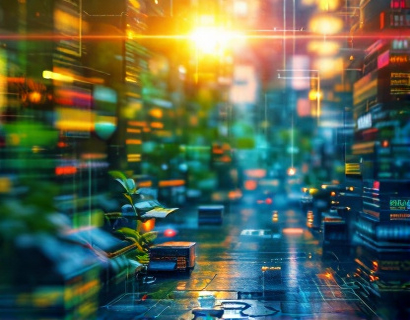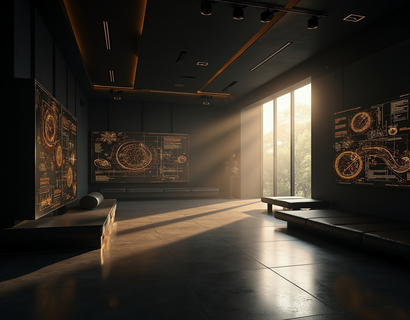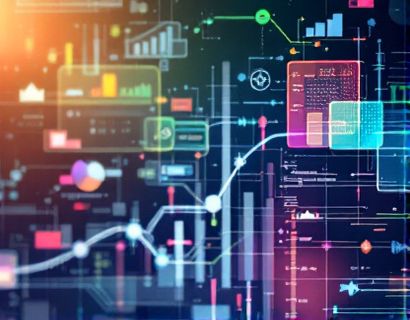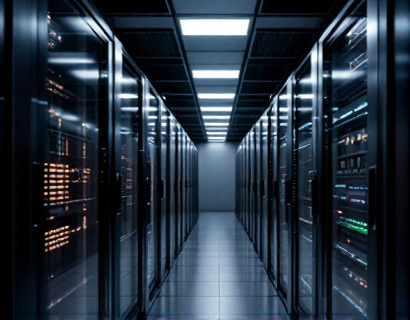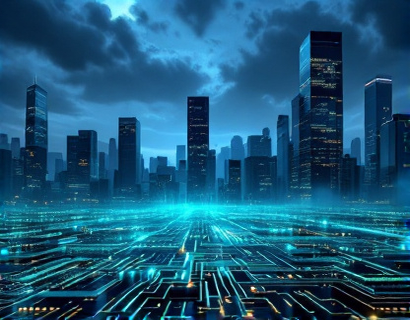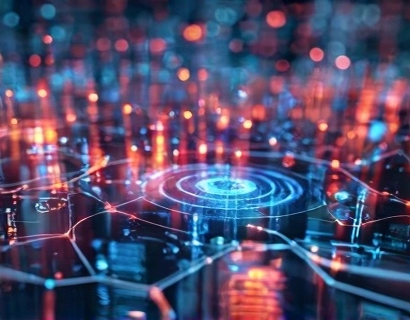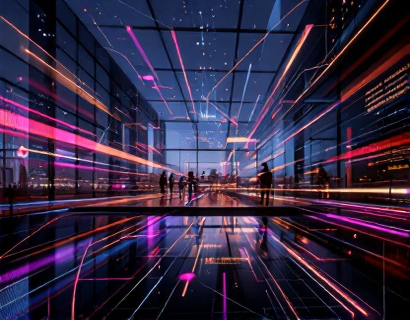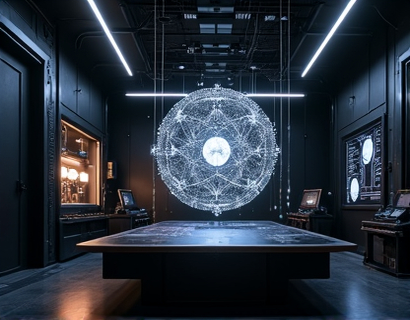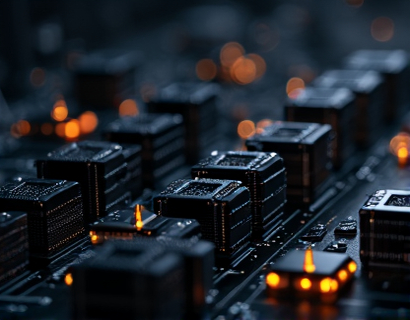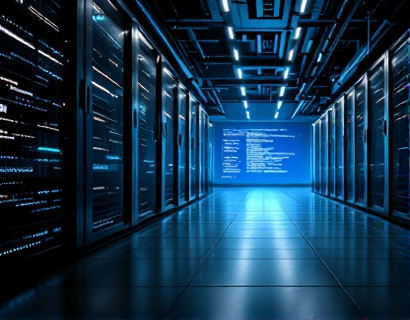Maximize Your Indoor Garden: Cutting-Edge Tech for Optimal Solarium Ecosystems
In the realm of indoor gardening, the integration of advanced technology has revolutionized the way enthusiasts cultivate plants within the confines of their homes or dedicated spaces. The modern solarium, once a simple room filled with plants, has evolved into a sophisticated ecosystem where light, climate, and automation are meticulously controlled to ensure optimal plant growth and sustainability. This article delves into the cutting-edge technologies that transform indoor gardens into high-tech oases, providing gardeners with the tools to achieve unparalleled results.
Advanced Lighting Solutions
Light is one of the most critical factors in plant growth, and indoor gardens rely heavily on artificial lighting to supplement or replace natural sunlight. LED grow lights have emerged as the gold standard in indoor gardening technology due to their energy efficiency, longevity, and customizable spectrum options. Unlike traditional fluorescent or HID lights, LED lights emit less heat and consume less power, making them ideal for enclosed spaces. Modern LED systems allow gardeners to adjust the light spectrum to match the specific needs of different plant species at various growth stages. For instance, blue light is essential during the vegetative phase, promoting leaf and stem growth, while red light is crucial for flowering and fruiting. Some advanced systems even feature dynamic lighting that simulates natural daylight cycles, further enhancing plant health and yield.
Climate Control Systems
Maintaining the right climate within an indoor garden is equally important. Temperature, humidity, and air circulation all play vital roles in plant health and growth. Advanced climate control systems use a combination of sensors, actuators, and smart controllers to create an ideal environment. These systems can monitor and adjust temperature and humidity levels in real-time, ensuring that conditions remain within the optimal range for the plants. For example, during hot summer months, the system can activate cooling mechanisms such as fans or misting systems to prevent overheating. Conversely, in colder periods, it can engage heating elements to maintain a warm environment. Proper air circulation is also crucial to prevent mold and mildew, and automated fans can be programmed to provide consistent air movement without disturbing delicate plants.
Automation and Smart Gardening
Automation is the backbone of modern indoor gardening technology, streamlining the care process and reducing the need for manual intervention. Smart gardening systems integrate various components such as lighting, climate control, and nutrient delivery into a single, user-friendly interface. These systems can be controlled via smartphones, tablets, or desktop computers, allowing gardeners to monitor and adjust settings from anywhere. Automation not only saves time but also ensures consistency in care, which is vital for the health and productivity of the plants. For instance, automated watering systems can deliver precise amounts of water and nutrients directly to the roots, reducing waste and preventing overwatering. Some advanced systems even use machine learning algorithms to adapt to the specific needs of the plants over time, further optimizing growth conditions.
Hydroponic and Aeroponic Systems
Traditional soil-based gardening has been complemented and, in many cases, surpassed by hydroponic and aeroponic systems. These soilless cultivation methods offer numerous advantages, including faster growth rates, higher yields, and reduced water usage. In a hydroponic system, plants are grown in a nutrient-rich water solution rather than soil, allowing for precise control over nutrient levels and pH. This method is particularly beneficial for indoor gardens as it requires less space and can be set up vertically, maximizing the use of available area. Aeroponic systems take this a step further by misting the roots with a nutrient solution, providing even more efficient nutrient delivery and oxygenation. Both methods are highly scalable and can be tailored to fit various indoor spaces, from small apartments to large commercial facilities.
Nutrient Management and Monitoring
Proper nutrient management is essential for the health and productivity of indoor plants. Advanced nutrient delivery systems use precision dosing and real-time monitoring to ensure that plants receive the exact nutrients they need at the right times. These systems can be connected to a central control unit that analyzes data from various sensors, adjusting nutrient concentrations and pH levels as necessary. This level of control helps prevent nutrient deficiencies or toxicities, which can stunt growth or cause other issues. Some systems even use IoT technology to send alerts and recommendations to the gardener's device, ensuring that any issues are addressed promptly.
Environmental Monitoring and Data Analysis
Understanding and controlling the environmental conditions within an indoor garden is crucial for success. Advanced monitoring systems use a network of sensors to track key parameters such as temperature, humidity, light intensity, CO2 levels, and even soil moisture (in soil-based systems). This data is collected and analyzed in real-time, providing insights into the overall health of the garden. Some systems offer detailed reports and visualizations, helping gardeners identify trends and make informed decisions. Machine learning algorithms can predict potential issues before they become critical, allowing for proactive management. This data-driven approach not only enhances plant growth but also promotes sustainability by optimizing resource use.
Customizable and Scalable Solutions
Every indoor garden is unique, with different plant species, space constraints, and personal preferences. Cutting-edge technology in indoor gardening recognizes this diversity by offering customizable and scalable solutions. Gardeners can design systems that fit their specific needs, whether they are growing a small collection of herbs on a windowsill or a large array of tropical plants in a dedicated room. Modular components allow for easy expansion or reconfiguration as the garden evolves. For example, additional LED panels can be added to increase light coverage, or extra climate control units can be installed to manage a larger space. This flexibility ensures that the garden can grow and adapt alongside the gardener's goals and resources.
Integration with Smart Home Systems
The convergence of indoor gardening technology with smart home systems opens up new possibilities for convenience and efficiency. By integrating gardening systems with popular smart home platforms, gardeners can control all aspects of their indoor garden from a single interface. This integration allows for seamless coordination between lighting, climate control, and other systems, creating a cohesive and automated environment. For instance, a smart home system can automatically adjust the lighting and temperature based on the time of day or the gardener's presence, optimizing conditions without manual intervention. This level of integration not only simplifies the gardening process but also enhances the overall living experience.
Sustainability and Energy Efficiency
Sustainability is a key consideration in modern indoor gardening. Advanced technologies are not only designed to maximize plant growth but also to minimize environmental impact. Energy-efficient LED lights, precise nutrient delivery systems, and optimized climate control all contribute to reduced energy consumption. Additionally, many systems incorporate renewable energy sources such as solar panels to further lower the carbon footprint. By using resources more efficiently, indoor gardeners can cultivate their plants in an environmentally responsible manner, aligning with the growing global focus on sustainability.
Future Trends and Innovations
The field of indoor gardening technology is rapidly evolving, with new innovations on the horizon. One promising area is the use of artificial intelligence (AI) to create even more intelligent and adaptive gardening systems. AI can analyze vast amounts of data from sensors and historical growth patterns to provide personalized recommendations and automate complex decision-making processes. Another area of interest is the development of bioregenerative systems that not only grow plants but also recycle air, water, and waste, creating a closed-loop ecosystem. These advancements hold the potential to make indoor gardening more accessible, efficient, and sustainable, paving the way for a new era of urban agriculture.
In conclusion, the integration of cutting-edge technology in indoor gardening transforms the traditional hobby into a sophisticated and highly productive endeavor. From advanced lighting and climate control to automation and smart home integration, these innovations empower gardeners to create optimal environments for their plants. By embracing these technologies, enthusiasts can achieve exceptional results, ensuring healthy, thriving plants while promoting sustainability and efficiency. The future of indoor gardening is bright, and with the right tools, anyone can cultivate a flourishing solarium ecosystem.




